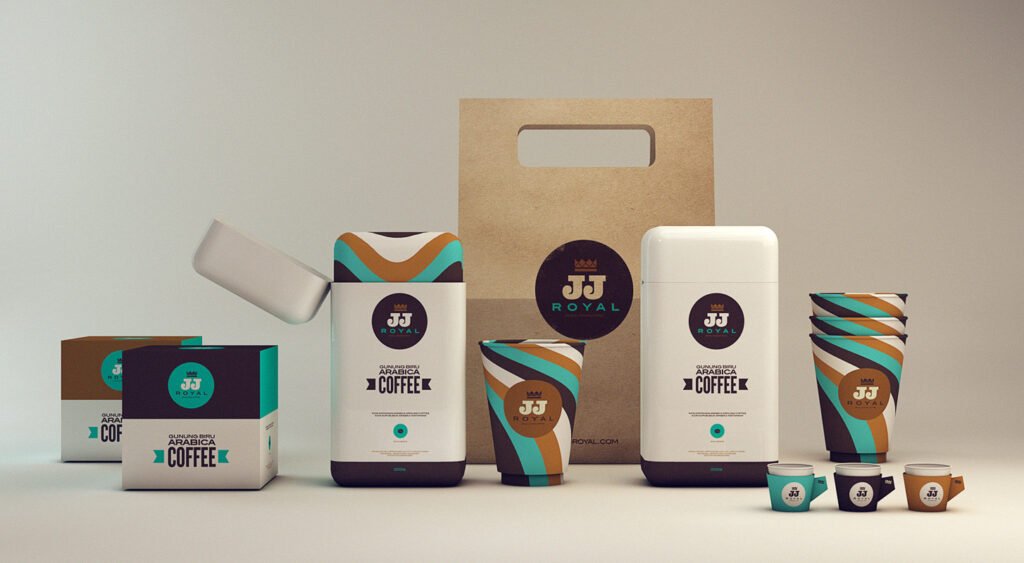In today’s competitive market, packaging labels play a vital role in not just identifying products but also in building brand recognition and trust. These labels provide essential information about the product, ensuring customers know what they are purchasing while also serving as a powerful marketing tool. Whether it’s for food products, electronics, or cosmetics, the right packaging label can make all the difference in attracting customers.
Importance of Packaging Labels in Marketing
Packaging labels serve as a silent salesperson for your product. The design, colors, and overall presentation can influence a consumer’s buying decision. A well-designed label creates a lasting impression, helping your brand stand out among competitors on store shelves. For instance, eye-catching colors and fonts on a label can draw attention, while clear branding helps with recognition.
Beyond aesthetics, packaging labels are also a primary medium to communicate important product information. Whether it’s nutritional facts, usage instructions, or safety warnings, the label ensures that customers are informed, which builds trust and transparency. Without a clear and well-placed label, customers might overlook a product or hesitate to make a purchase.
Types of Packaging Labels
There are different types of packaging labels suited for various industries and needs. Some common types include:
- Brand Labels: These labels showcase the company’s logo, brand name, and slogan. They are critical for brand consistency and recognition.
- Informational Labels: These include instructions on how to use the product, storage guidelines, and safety information.
- Barcode Labels: These are essential for inventory management and sales tracking, often required for retail products.
- Eco-friendly Labels: With the growing demand for sustainable products, eco-friendly labels are used to inform consumers that the product is made using environmentally conscious methods and materials.
Custom Packaging Labels for Better Brand Identity
Customization is key when it comes to packaging labels. Custom labels allow you to tailor the design, size, and material to fit your product and brand image perfectly. You can choose from various materials such as paper, plastic, or even eco-friendly options. The flexibility in customization means your label can match your brand’s aesthetic, whether it’s minimalistic, luxurious, or playful.
Custom labels also offer the opportunity to create unique shapes and finishes, adding a premium feel to your product. These can include glossy, matte, or embossed finishes, further elevating the product’s visual appeal.
Role of Technology in Packaging Labels
With advancements in technology, packaging labels have become more innovative. Smart labels, for example, use QR codes that customers can scan to access more detailed product information, promotional offers, or even instructional videos. These interactive labels create a deeper connection with the customer and provide an enhanced shopping experience.
Moreover, digital printing technology has made it easier to produce high-quality packaging labels in smaller batches, allowing businesses to experiment with different designs without committing to large quantities.
Conclusion
Packaging labels are more than just stickers on a product—they are a critical component of branding, marketing, and communication. By investing in well-designed and informative labels, companies can not only comply with regulations but also connect with their target audience on a deeper level. Whether you’re a small business or a large corporation, the right packaging label will help your product stand out, build customer trust, and ultimately drive sales.

